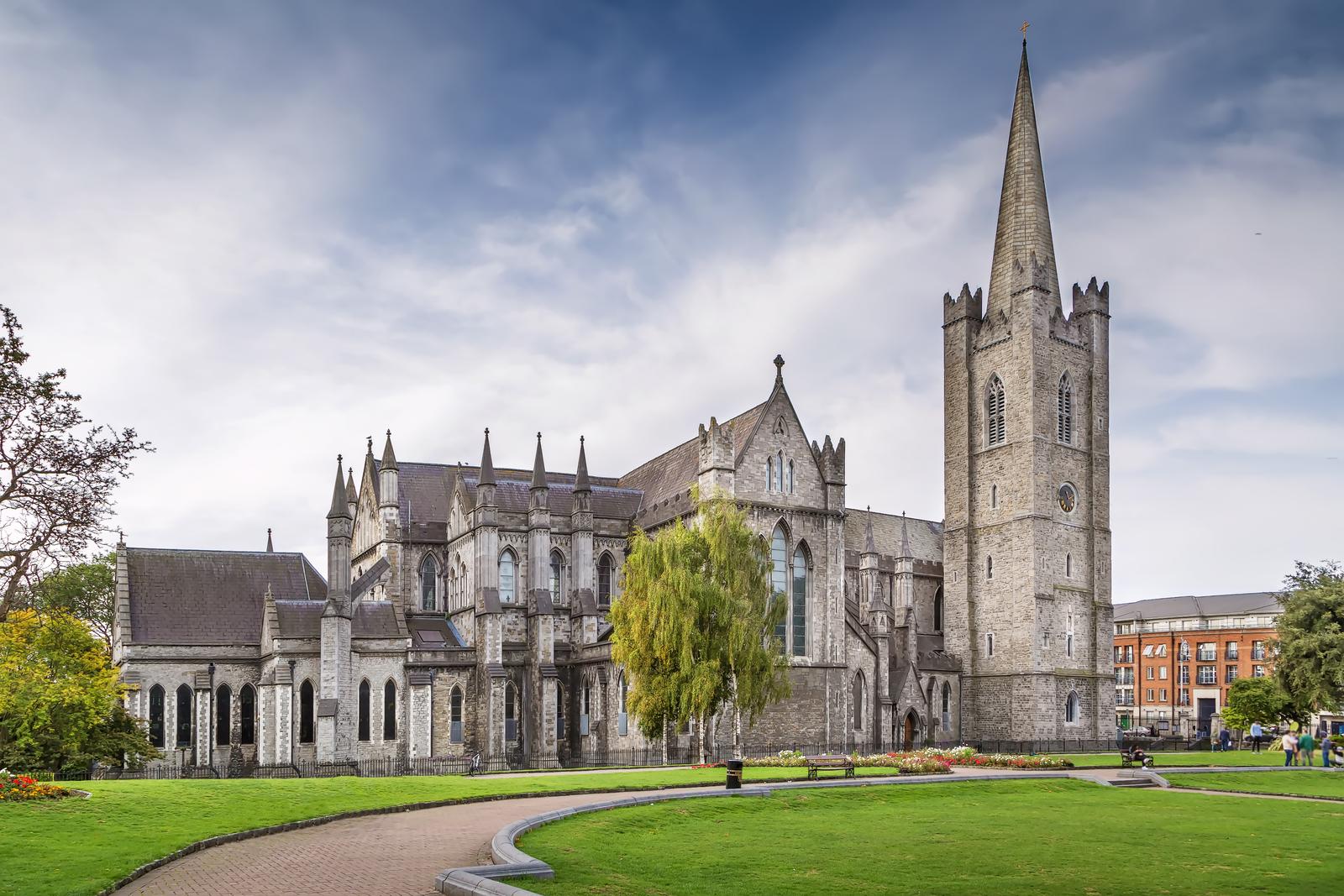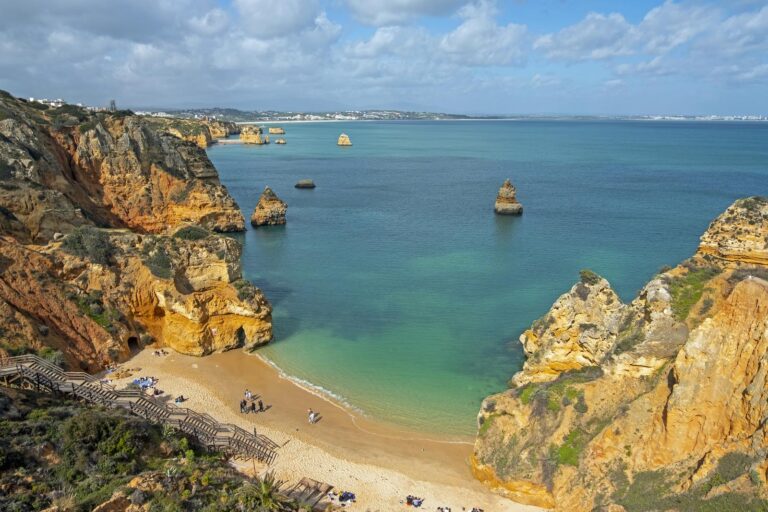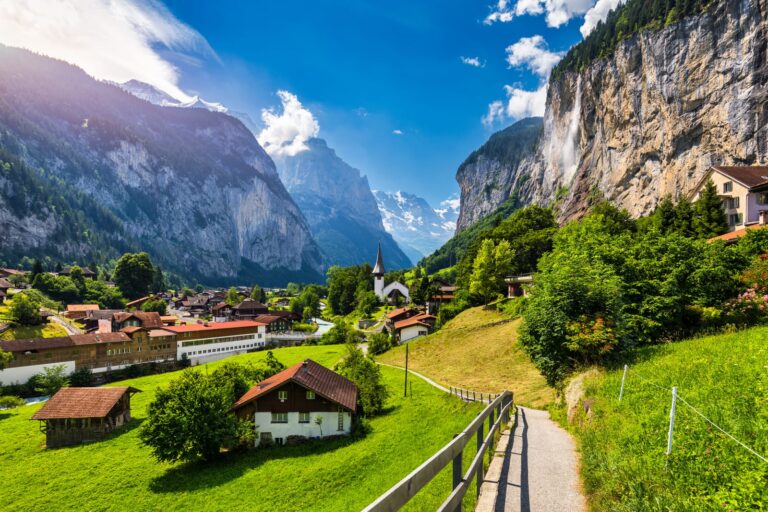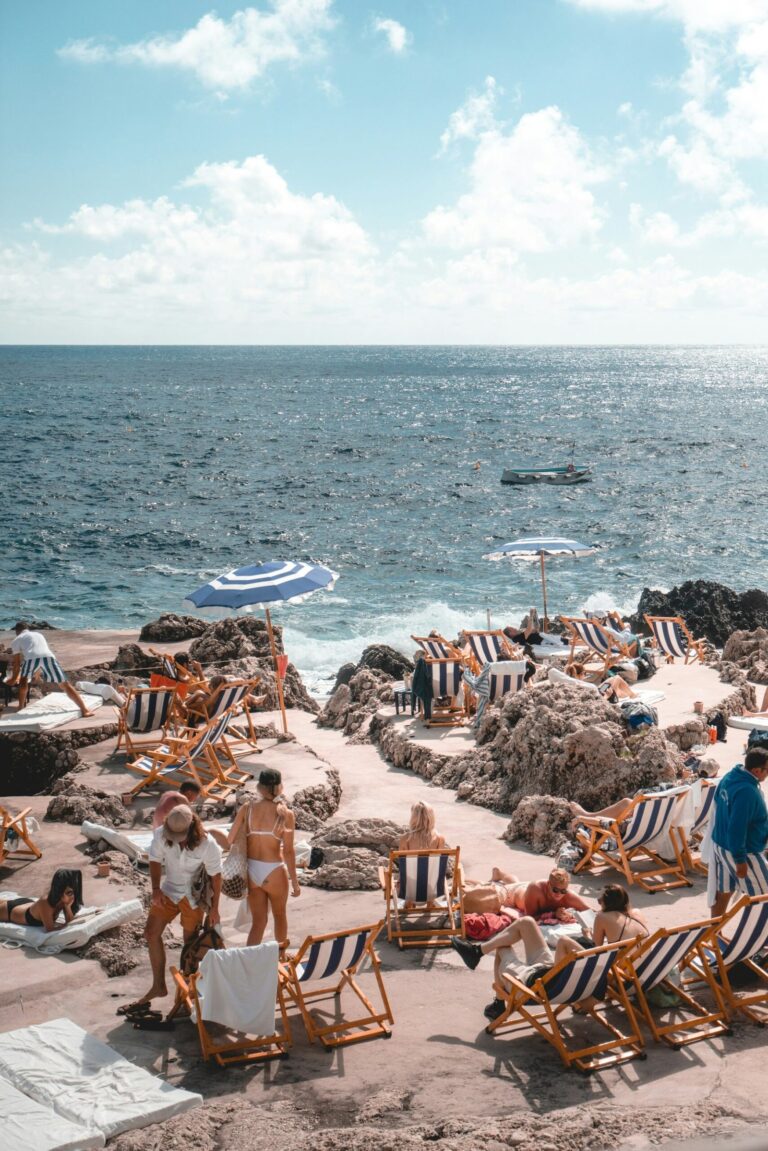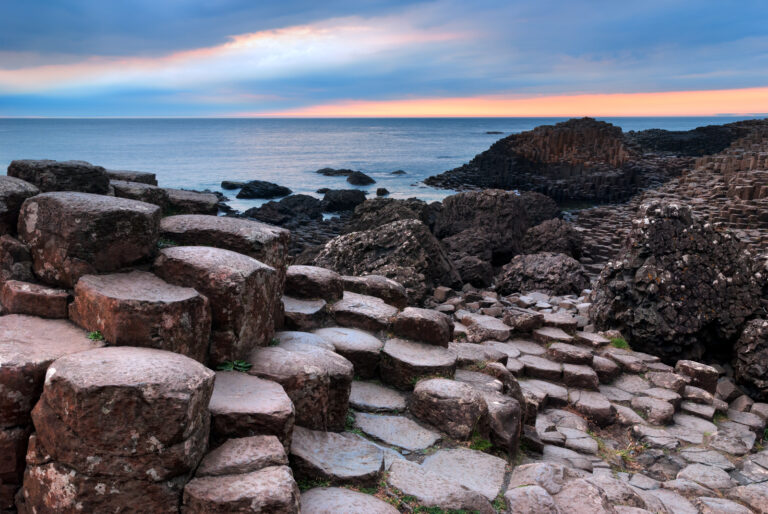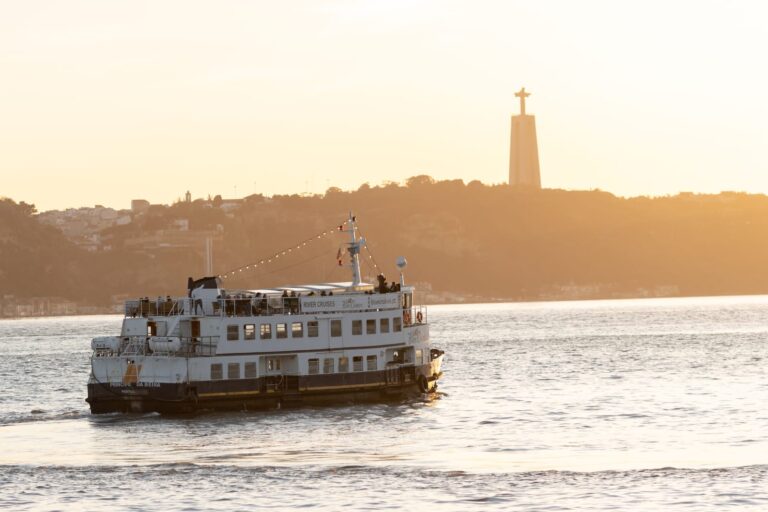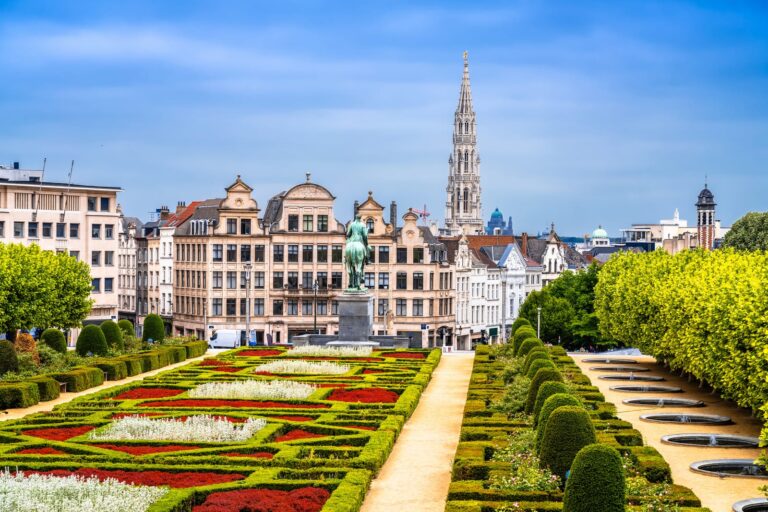10 Days Ireland Itinerary: Your Perfect Guide to Exploring the Emerald Isle
Embarking on a 10-day journey through Ireland offers you a unique blend of breathtaking landscapes, rich history, and vibrant culture.
From the bustling streets of Dublin to the stunning cliffs of Moher, you’ll discover a country filled with warm hospitality and unforgettable experiences.
We’ve already published a great country guide to Ireland with the highlights, but now we’re bringing you a detailed 10 day plan. This comprehensive itinerary ensures you won’t miss the highlights while allowing room for adventure and spontaneity.
As you travel from charming villages to iconic landmarks, each day brings new opportunities to explore.
Imagine wandering through the lush green hills, sipping a pint in a cozy pub, or marveling at ancient castles. You’ll see why Ireland is a top destination for travelers seeking both relaxation and excitement.
Get ready to immerse yourself in this enchanting destination. With a well-planned itinerary, you’ll be able to taste the local cuisine, delve into the rich heritage, and connect with the stunning nature that surrounds you.
Whether you’re planning to drive along the scenic coastal routes or take advantage of the country’s public transport, this guide will help you navigate your way through the best that Ireland has to offer.
Overview of Ireland
Ireland is a captivating destination known for its lush landscapes, rich history, and vibrant culture. Understanding the best times to visit and key travel essentials will enhance your experience as you explore this enchanting island.
Best Time to Visit
The ideal time to visit Ireland is during the spring (March to May) and fall (September to November). During these months, you will enjoy milder weather and fewer crowds.
Spring showcases vibrant flowers and lush green hills, making it perfect for outdoor activities.
Average temperatures fluctuate between 50°F and 60°F (10°C to 15°C), ideal for exploring.
Fall is characterized by stunning autumn foliage. Temperatures are similar, and you can enjoy local harvest festivals and cultural events.
Summer (June to August) attracts many tourists, leading to busier sites. Temperatures average 60°F to 70°F (15°C to 21°C), and rain is common.
Winter (December to February) can be quite cold and damp, often with temperatures around 40°F (4°C). While fewer tourists visit, you may miss some activities. It doesn’t usually snow in Ireland though.
Travel Essentials
When visiting Ireland, certain travel essentials can help ensure a smooth trip.
Currency: The Euro is the currency in the Republic of Ireland, while Northern Ireland uses the British Pound. Be sure to carry some cash for small purchases.
Weather Gear: The weather can change quickly. Pack layered clothing, waterproof jackets, and comfortable shoes for walking.
Adapter and Voltage: Ireland operates on a 230V supply voltage. Bring a universal travel adapter for your electronic devices.
Transportation: Renting a car gives you the freedom to explore at your own pace. Major roads are well-maintained, but remember to drive on the left!
Travel Insurance: Consider purchasing travel insurance for peace of mind regarding health or trip cancellations.
These essentials will help you navigate your journey through Ireland with ease. Check out our full Ireland Packing List here.
Day 1: Arrival in Dublin
As your adventure begins, you’ll arrive in Dublin, a vibrant city that offers a rich blend of history and contemporary culture. Take your time to settle in, grab a bite to eat, and explore some of the city’s most iconic sights.
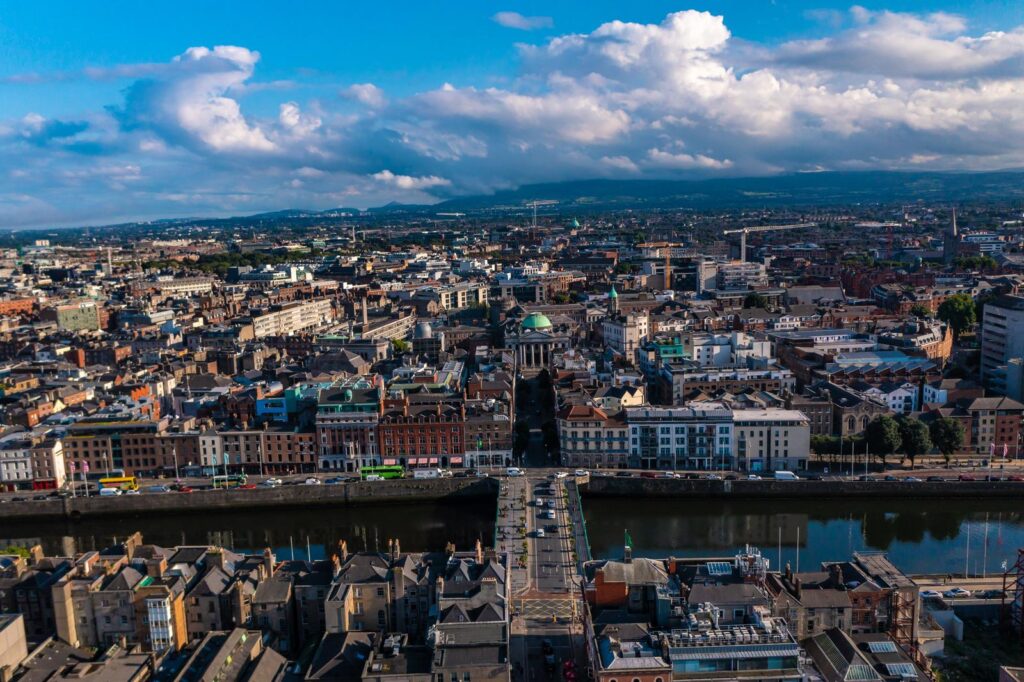
Settling In and Exploring
After checking into your accommodation, consider wandering around your neighborhood to get a feel for the local atmosphere. Dublin’s walkable city center makes it easy to explore.
Stop by a nearby café for a warm cup of Irish coffee or tea. Sample local pastries, like a scone or brown bread, to start your culinary journey. If you’re a foodie, consider joining a food tour in Dublin.
Take a stroll along the River Liffey, which beautifully divides the city. This picturesque walk will introduce you to Dublin’s charming architecture.
If time allows, visit the historic Temple Bar area. This cultural quarter is bustling with street performances, art galleries, and traditional pubs. Enjoy the lively vibe and local art scene.
Here’s an itinerary for one day in Dublin.
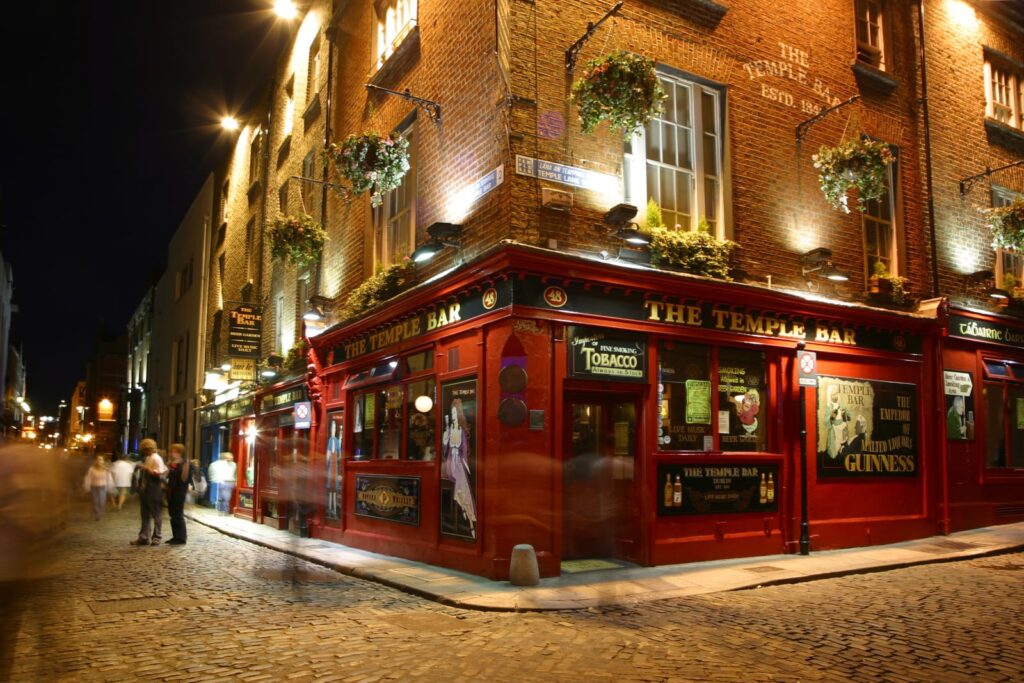
Iconic Landmarks
No visit to Dublin would be complete without seeing its iconic landmarks.
Begin at Trinity College, home to the famed Book of Kells. A guided tour can offer fascinating insights into this historic manuscript.
Next, make your way to Dublin Castle, which has stood for over 800 years. Its impressive architecture and gardens are worth a leisurely exploration.
Don’t forget to visit St. Patrick’s Cathedral, the largest cathedral in Ireland. The stunning stained glass and serene grounds provide a peaceful retreat amidst the city’s hustle.
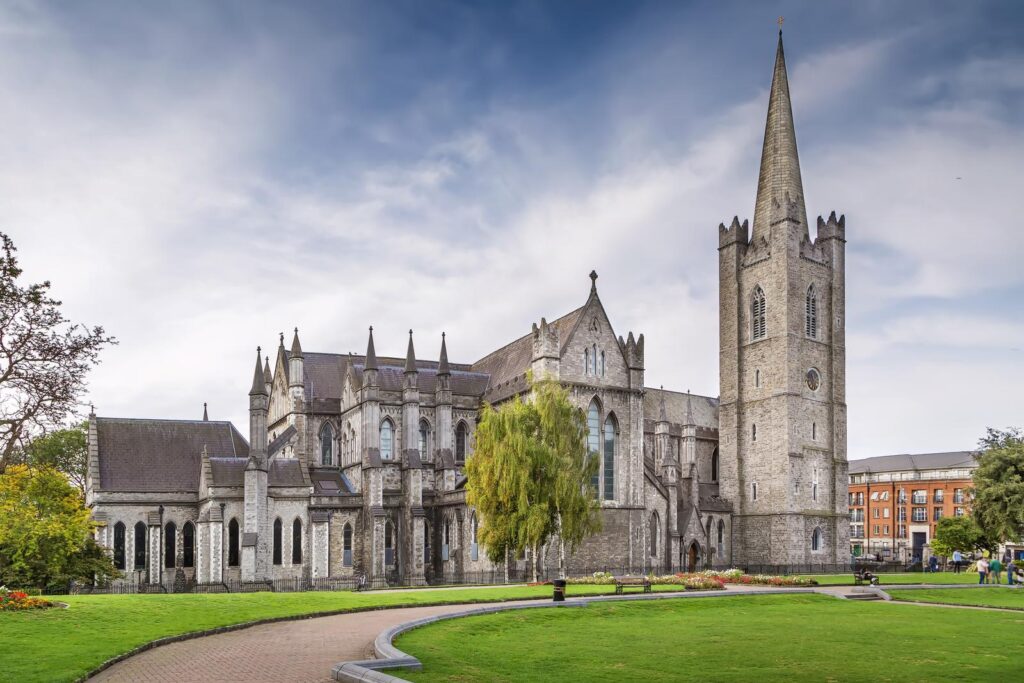
End your day with a visit to Grafton Street, a popular shopping destination. Here, you can find unique souvenirs and enjoy live music from local performers, setting the perfect tone for your Irish adventure.
Day 2: Dublin’s Rich History
On your second day in Dublin, you’ll have the chance to dive into the city’s vibrant past. You can explore its impressive museums and take a captivating literary walking tour that showcases the works and lives of famous Irish writers.
Museums and Galleries
Start your day by visiting the National Museum of Ireland. Here, you can explore exhibits dedicated to archaeology, decorative arts, and natural history. Don’t miss the Treasures of the National Museum, featuring gold artifacts from ancient Celtic times.
Next, head to the Irish Museum of Modern Art (IMMA). Housed in a stunning 17th-century building, IMMA showcases contemporary works by both Irish and international artists.
For a unique experience, visit the EPIC The Irish Emigration Museum. It tells the story of Irish emigration, highlighting contributions made by the Irish around the world.
Literary Walking Tour
After immersing yourself in art and history, embark on a literary walking tour. Dublin is a UNESCO City of Literature and home to renowned authors like James Joyce and Samuel Beckett.
Begin your tour at Trinity College, where you can see the Book of Kells. This ancient manuscript is a testament to Ireland’s rich literary heritage.
Wander through Henrietta Street, stopping at The James Joyce Centre to learn about Joyce’s life and works.
Make your way to St. Patrick’s Cathedral, associated with Jonathan Swift. Wrap up your tour at the Dublin Writers Museum to discover more about literary legends. Embrace the stories that shaped this remarkable city!
Day 3: Cork City and Surroundings
On your third day in Ireland, Cork City invites you to explore its rich cultural heritage and nearby attractions. You’ll discover fascinating landmarks and enjoy traditional Irish charm in one of the country’s most vibrant cities.
Cultural Attractions
Cork boasts a variety of cultural attractions that reflect its unique history and spirit. Start your day by visiting the Crawford Art Gallery, home to a stunning collection of Irish and European art. This gallery is free to enter, making it a budget-friendly choice.
Next, head to Elizabeth Fort, a 17th-century fortification offering impressive views of the city. Wander through its walls while learning about Cork’s military past. Afterward, explore the English Market, where you can taste local delicacies and vibrant produce. It’s a great spot to grab lunch and mingle with locals.
Blarney Castle
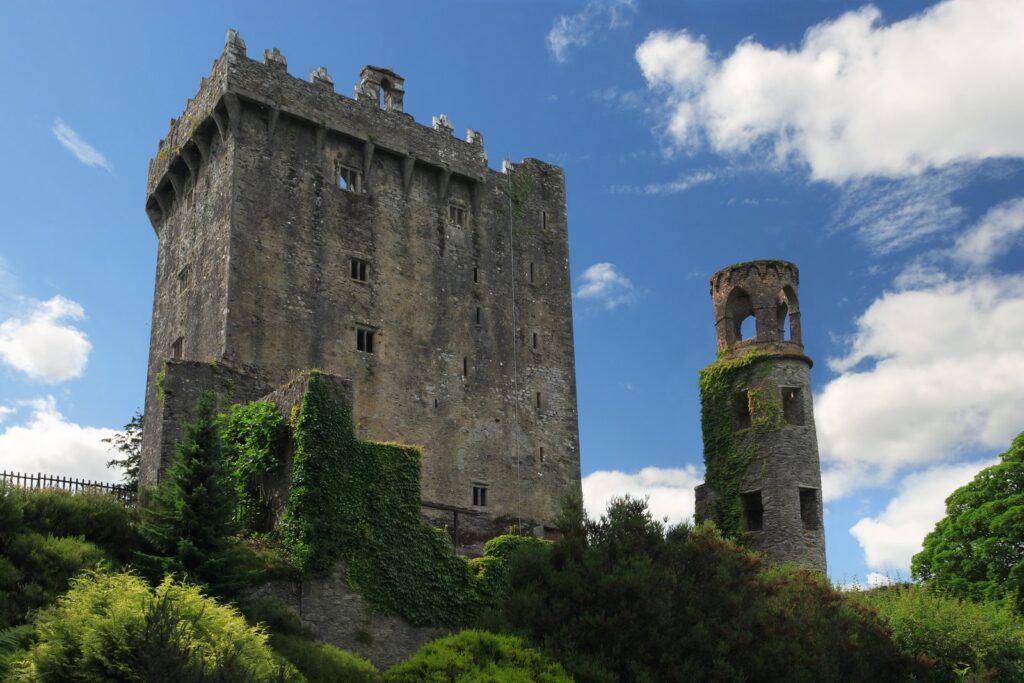
Just a short drive from Cork, Blarney Castle is an iconic site you shouldn’t miss. This majestic fortress is famous for the Blarney Stone, rumored to bestow eloquence on those who kiss it.
Don’t forget to enjoy the stunning gardens surrounding the castle, filled with beautiful flowers and lush greenery.
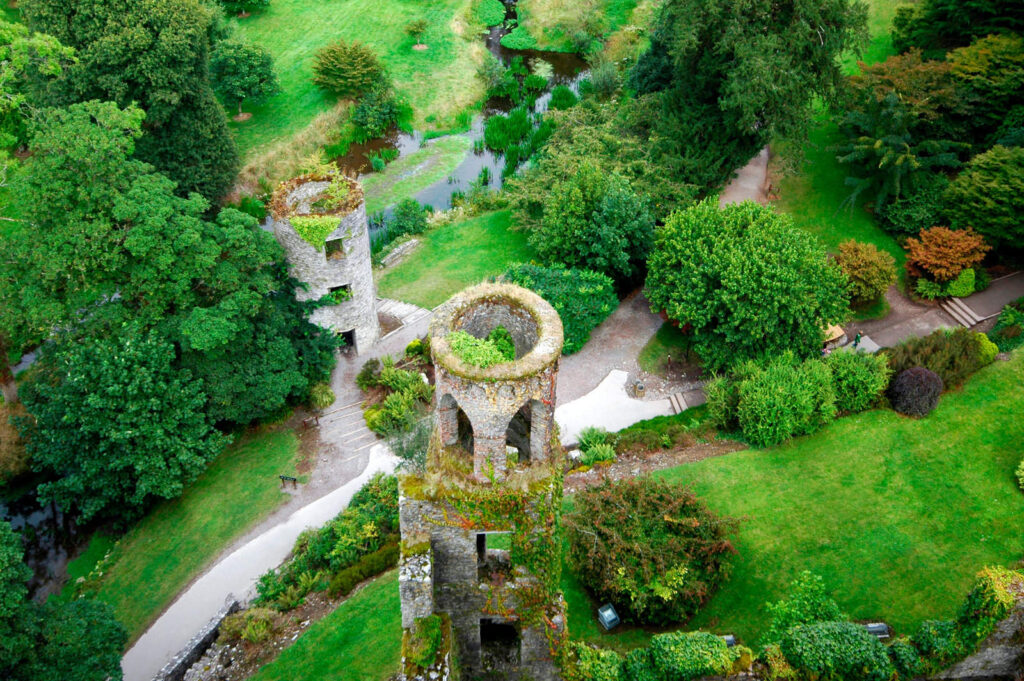
Explore the castle’s impressive rooms, where you’ll find intriguing architectural features and rich history. Be sure to take your time walking through the gardens, as there are plenty of hidden corners and magical spots. A visit to Blarney Castle beautifully complements your Cork experience and leaves you with lasting memories.
Day 4: The Wild Atlantic Way
On Day 4, immerse yourself in the stunning landscapes and dramatic coastlines of the Wild Atlantic Way. This journey will take you to breathtaking locations like the Cliffs of Moher and Galway Bay, each offering unique experiences that highlight the natural beauty of Ireland.
Cliffs of Moher
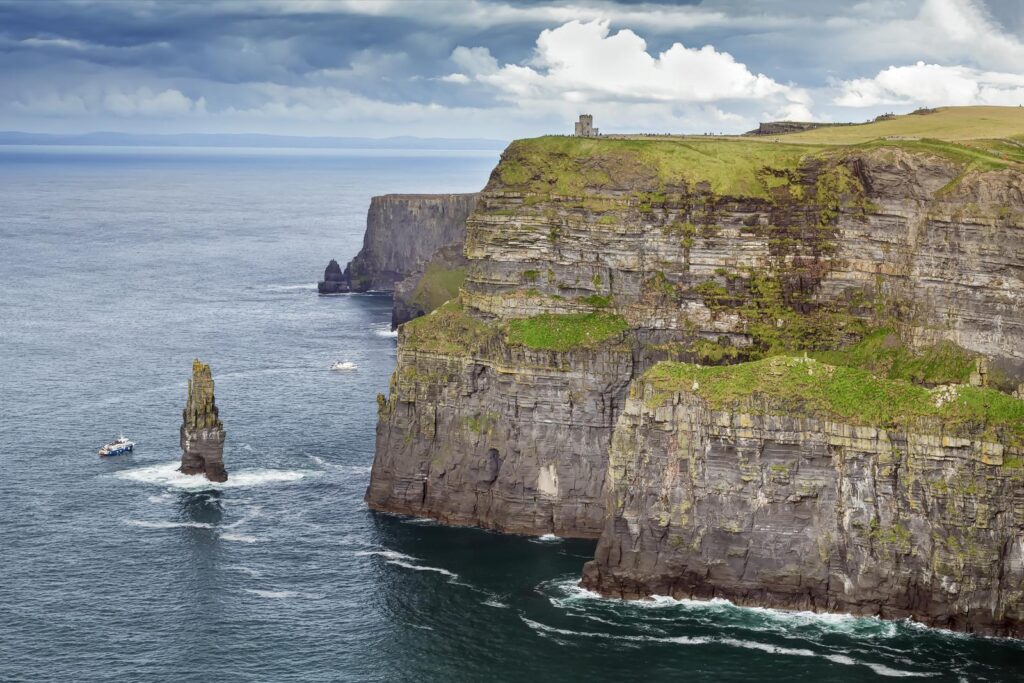
The Cliffs of Moher are one of Ireland’s most iconic landmarks. Rising 702 feet above the Atlantic Ocean, these cliffs stretch for about 5 miles along the rugged coastline of County Clare.
You can explore the Cliffs of Moher Visitor Experience, which includes an engaging exhibition about the cliffs’ geology and wildlife. The viewing platforms provide incredible panoramas, ideal for photography or simply enjoying the view.
Take a walk along the cliff-top pathways to truly appreciate the stunning scenery. Keep an eye out for seabirds, including puffins and razorbills, that nest in the cliffs during the summer months.
Book a tour from either Dublin to Cliffs of Moher or directly from Galway.
Galway Bay
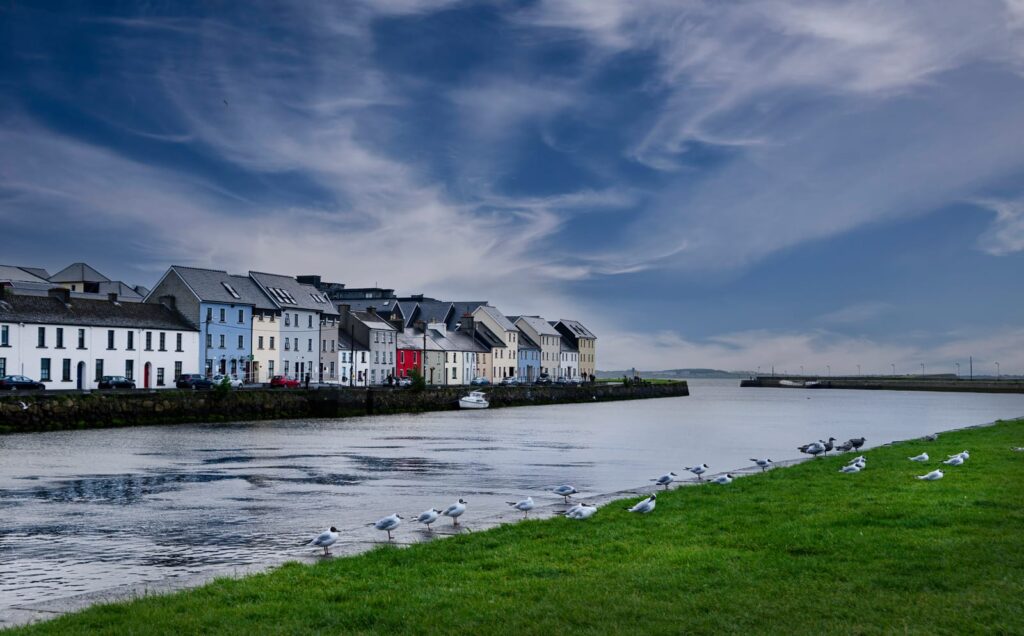
Next, head to Galway Bay, known for its charming coastal views and vibrant marine life. The bay is designated as a Special Area of Conservation, protecting its unique habitats and species.
You can stroll along the promenade in Salthill, where you will find glorious views of the bay, especially against the backdrop of the Burren hills. Enjoy the refreshing sea breeze and bustling atmosphere.
Consider indulging in some local seafood at a nearby restaurant, where you’ll find dishes made with fresh catches from the bay. Don’t forget to check out the colorful boats in the harbor, adding to the picturesque charm of Galway Bay.
Day 5: Galway City
Today, you will explore the vibrant heart of Galway City. With its rich history and lively atmosphere, this city offers a variety of captivating sights and sounds, particularly in its bustling center and through the lively traditional music scene.
City Centre Sights
Galway’s city center is a mix of colorful shops, historic landmarks, and charming streets. Start your day at Eyre Square, a central hub surrounded by cafés and shops. Here, you can see the iconic Galway Cathedral, known for its stunning dome and beautiful stained-glass windows.
Continue down Shop Street, where you’ll find a variety of boutiques and street performers. Don’t miss the Spanish Arch, a remnant of the city’s medieval walls. The Quays area provides picturesque views along the River Corrib and is perfect for snapping photos.
To understand Galway’s culture, visit the Galway City Museum. Exhibiting local history, art, and artifacts, it provides a deeper appreciation of the region.
Traditional Irish Music
Galway is renowned for its vibrant traditional Irish music scene. As evening approaches, you have several options to experience live performances.
Head to lively pubs like the Druid or The Crane Bar, where local musicians often gather to play.
You might encounter intimate sessions featuring fiddles, bodhráns, and accordions. Pay attention to the atmosphere; locals and visitors alike gather to enjoy the camaraderie that music brings.
Consider inviting a drink and joining the fun; often, you can sing along or even dance! With each note, you’ll feel the heart of Irish culture resonating throughout the city streets.
Day 6: Connemara Region
On Day 6 of your itinerary, you will discover the breathtaking beauty of the Connemara region. This area offers stunning landscapes, scenic drives, and rich history, making it a highlight of your Irish adventure.
Scenic Drives and Hikes
One of the best ways to experience Connemara is through its scenic drives. The Sky Road near Clifden provides panoramic views of cliffs, islands, and the Atlantic Ocean. This looped route is approximately 11 kilometers long and is perfect for a leisurely drive or even a bike ride.
For hiking enthusiasts, the Connemara National Park features numerous trails. The Diamond Hill hike is a must-do, offering a 7-kilometer loop that takes about 2-3 hours to complete.
As you ascend, you’ll be treated to breathtaking views of the Twelve Bens mountain range and the surrounding coastline.
Kylemore Abbey
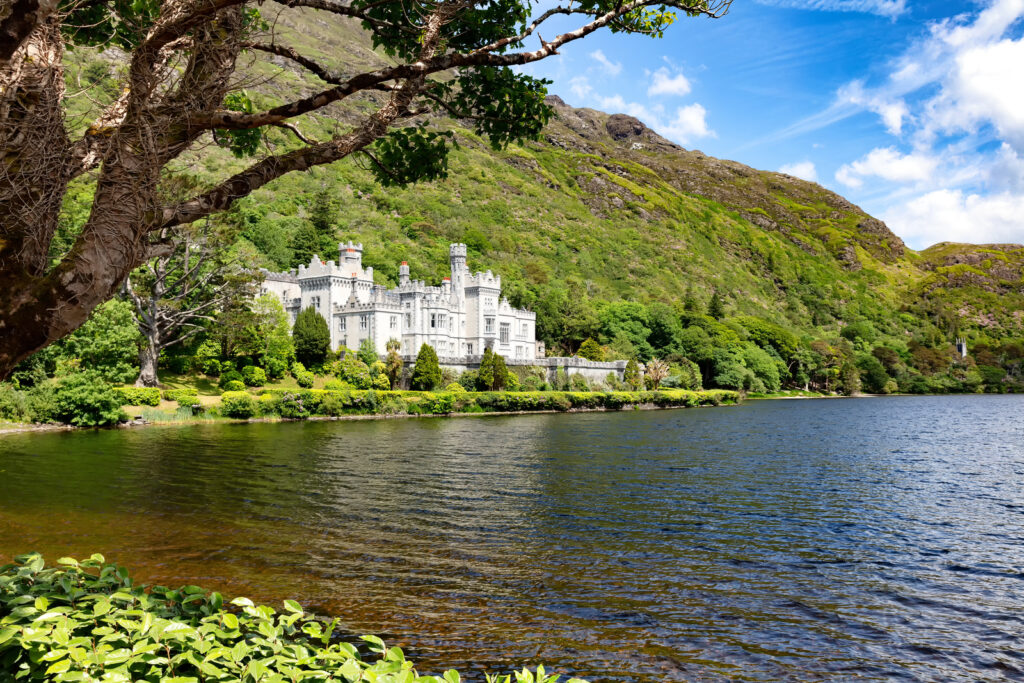
No visit to Connemara is complete without stopping at Kylemore Abbey. This stunning Victorian castle, set against a backdrop of the mountains and a serene lake, is a sight to behold.
The abbey was built in the 19th century and is steeped in history.
You can explore the beautiful gardens and learn about the abbey’s fascinating history. Inside, there are exhibitions that showcase its story and the community of Benedictine nuns that reside there.
Take your time strolling through the grounds and enjoy the peaceful atmosphere that Kylemore Abbey offers.
Don’t forget your camera; the scenery here is simply unforgettable.
Day 7: Northern Ireland
On Day 7, you’ll explore the breathtaking landscapes and vibrant cities of Northern Ireland. This day includes visits to the iconic Giant’s Causeway and the bustling city of Belfast, highlighting both natural beauty and cultural significance.
Giant’s Causeway
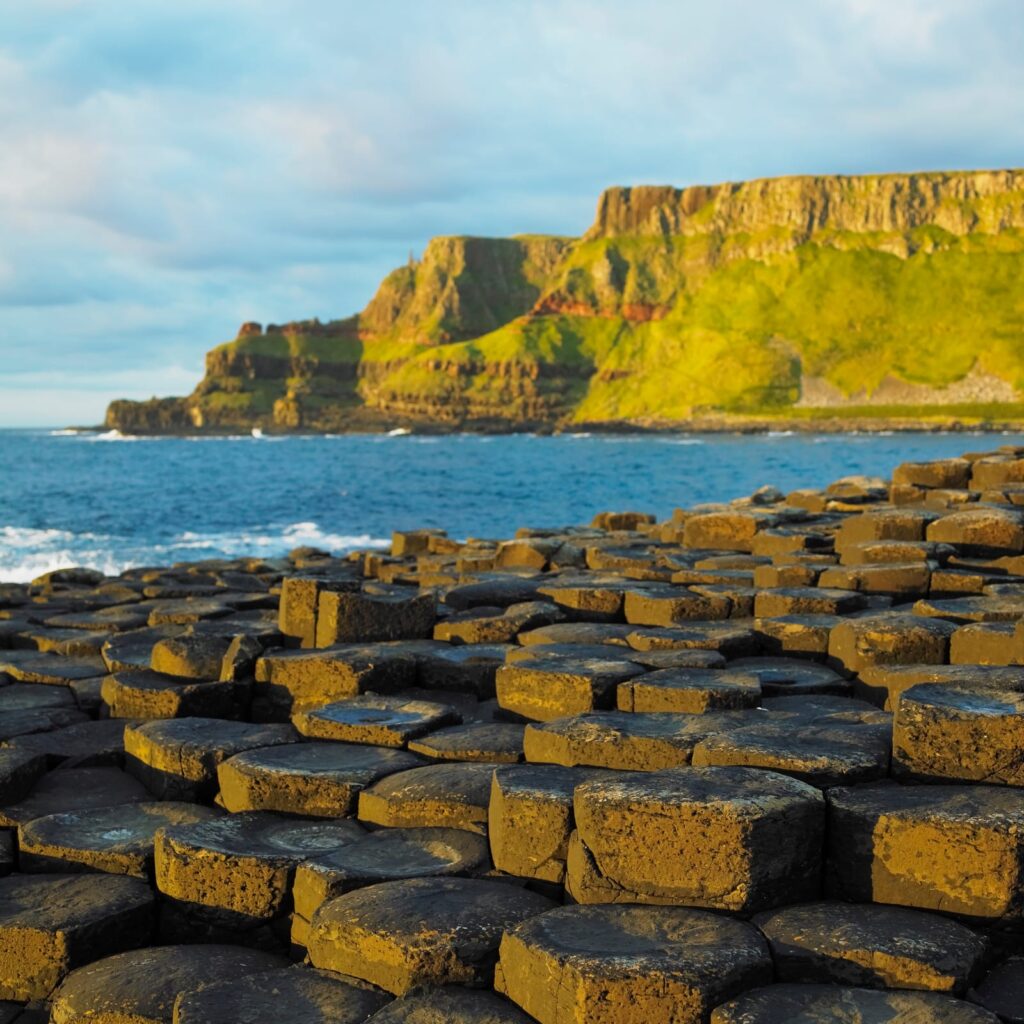
Your visit to Northern Ireland wouldn’t be complete without exploring the Giant’s Causeway, a UNESCO World Heritage site.
This natural wonder consists of approximately 40,000 interlocking basalt columns formed by volcanic activity around 60 million years ago.
As you walk along the hexagonal stones, take in the stunning views of the coastline. Wear comfortable shoes, as the path can be uneven.
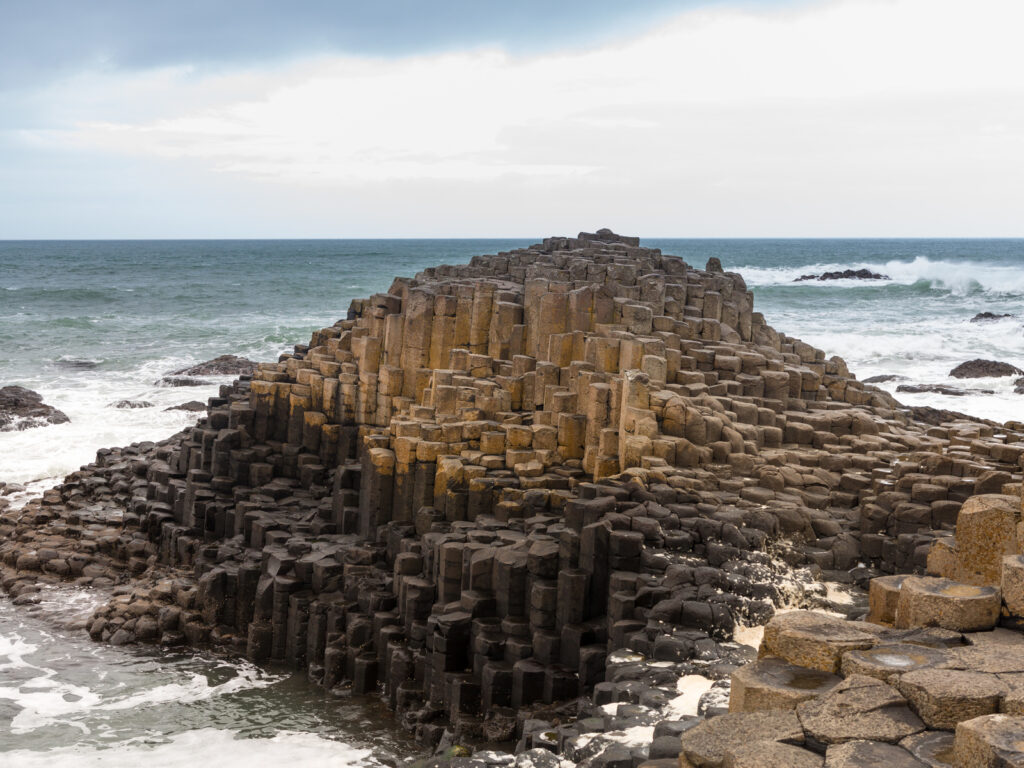
Don’t forget your camera! The dramatic cliffs and the Atlantic Ocean make for perfect photo opportunities. Legends surround this site, including tales of giants walking across the causeway.
You can also explore nearby attractions like Dunluce Castle, perched on a cliff, adding historical context to your adventure. Enjoy the beauty of nature and history intertwined here!
Belfast Highlights
After your time at the Giant’s Causeway, head to Belfast, the capital city known for its rich history and cultural heritage.
Start your exploration with the Titanic Quarter, where the ill-fated ship was built.
Visit the Titanic Belfast Museum to learn about its construction and the tragedy that followed.
Stroll around the city center and discover City Hall with its stunning architecture. The surrounding gardens provide a lovely spot to relax.
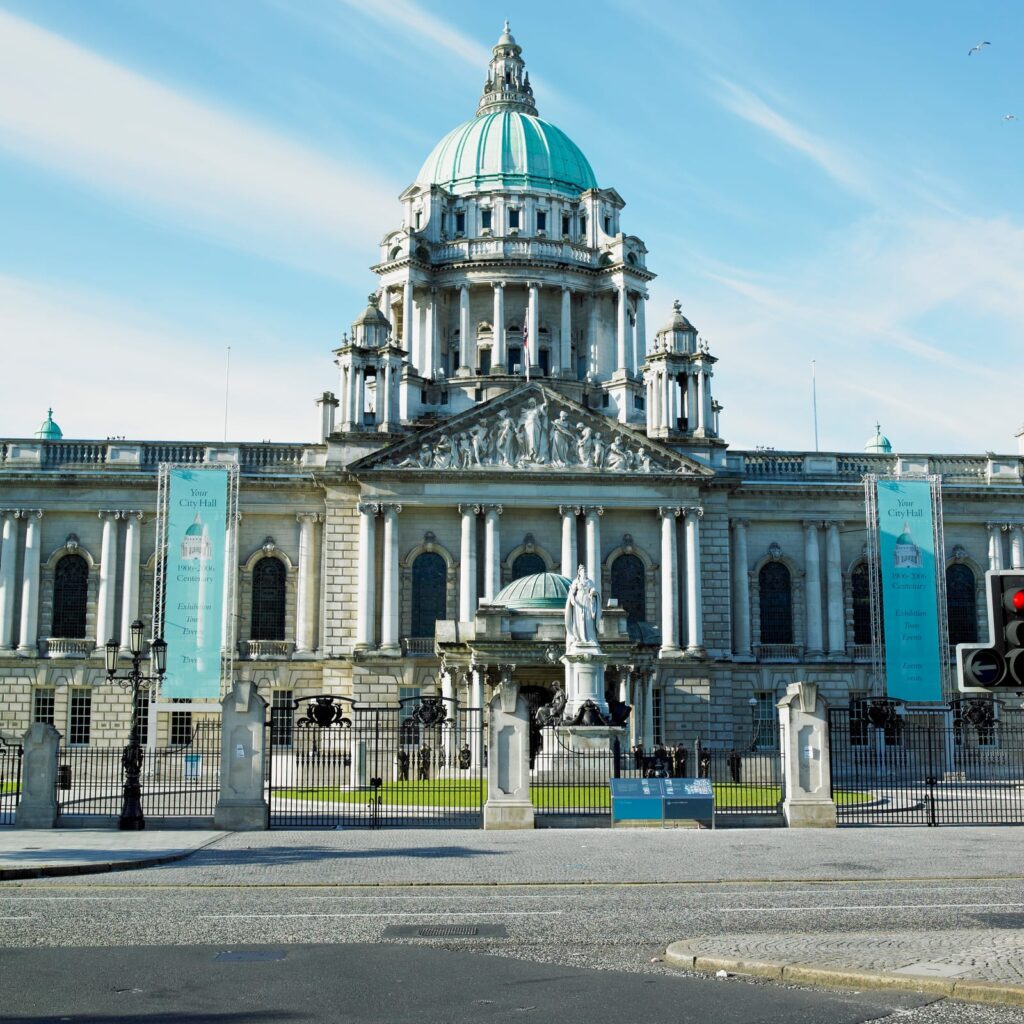
A walk down Falls Road and Shankill Road offers insights into the city’s political history. Look for iconic murals that tell stories of past conflicts and hope for peace.
Belfast’s vibrant food scene is not to be missed. Try local favorites in one of the bustling restaurants or cafes to complete your day.
Day 8: Historical Derry
On Day 8, you will immerse yourself in Derry’s rich history and vibrant culture. Known for its well-preserved heritage, the city offers captivating sights that reflect its past.
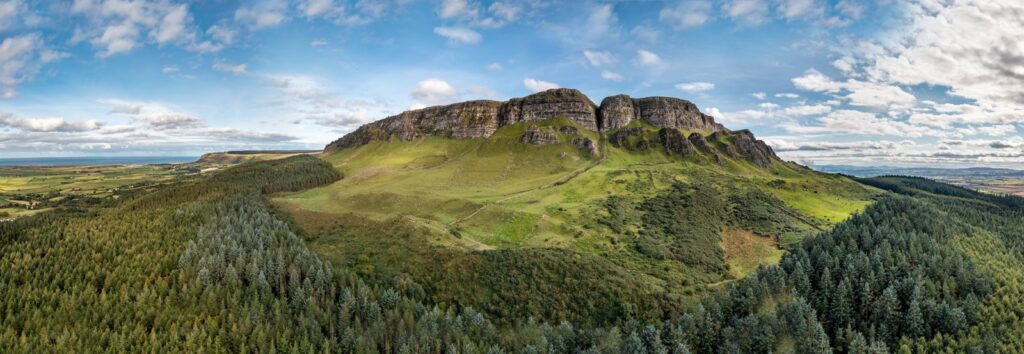
City Walls and Neighborhoods
Begin your exploration at the stunning City Walls, which date back to the early 1600s.
These walls, measuring 1.5 miles, are among the best-preserved fortifications in Europe. Walking along the walls provides not only a historical perspective but also breathtaking views of the city and River Foyle.
As you wander through neighborhoods like the Bogside, you’ll encounter significant murals that tell stories of community struggles and triumphs.
Don’t miss the iconic Free Derry Corner, a symbol of civil rights and resistance.
Engage with local shops and cafes in the area, allowing you to experience the warmth of Derry’s hospitality. The blend of history and community spirit makes your visit truly unforgettable.
Day 9: Return to Dublin
On your final day in Ireland, you’ll want to make the most of your time in Dublin. From last-minute shopping to savoring a farewell dinner, each moment counts. Prepare to immerse yourself in the vibrant culture one last time before you head home.
Last Minute Shopping
Before you leave Dublin, take the opportunity to grab some unique gifts or souvenirs from Ireland.
Head to Grafton Street, known for its variety of shops and street performers.
Emporium Kalu offers trendy clothing and accessories, while Kilkenny Shop specializes in Irish crafts, from pottery to textiles.
If art is more your style, visit Dublin City Gallery The Hugh Lane for prints and gifts featuring local artists.
Don’t forget to check out The Irish Design Shop for handmade jewelry and home decor.
Consider stopping by a local market, such as George’s Street Arcade. Here, you can find artisan foods, handicrafts, and quirky vintage items. Take your time and enjoy the lively atmosphere as you shop for special mementos from your trip.
Farewell Dinner
For your farewell dinner, treat yourself to a memorable dining experience. Dublin has a range of fantastic restaurants, from traditional pubs to upscale eateries.
Consider dining at Chapter One, which offers contemporary Irish cuisine in a fine setting.
Their tasting menu features seasonal ingredients and innovative dishes that reflect the best of Irish flavors. Be sure to make a reservation in advance.

Alternatively, enjoy a comforting meal at The Woollen Mills, where you can savor classic Irish dishes like beef and Guinness stew or fish and chips.
The cozy ambiance makes it an excellent spot to relax and reflect on your journey.
Day 10: Departure
As your adventure comes to an end, take a moment to pause and reflect. This final day is about cherishing memories and ensuring a smooth departure.
Reflections and Goodbyes
Start your day with a relaxed breakfast. Savor a traditional Irish meal, perhaps some toast with Irish butter or black pudding. Enjoy the flavors of Ireland one last time.
Next, think about your favorite moments. Was it standing at the edge of the Cliffs of Moher? Or maybe a cozy evening in a local pub? Jot down these memories as they will remind you of your trip.
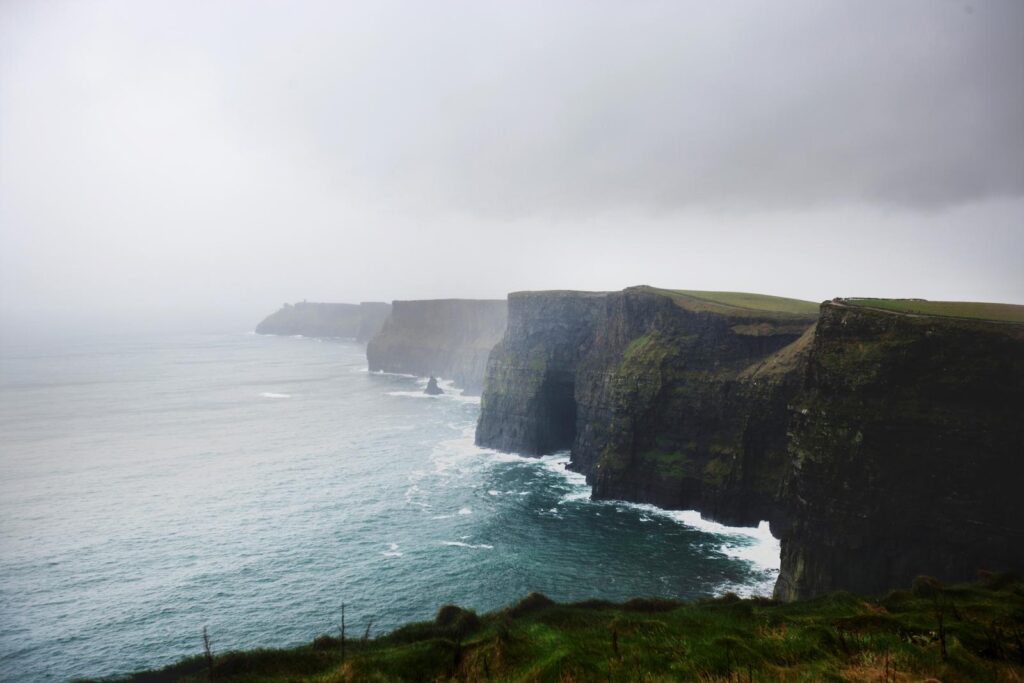
Prior to heading to the airport, make sure all your belongings are packed. Check for any souvenirs and important documents.
Take a few moments to say goodbye to your favorite spots in the city. Capture final photos to hold onto the experience. Your time in Ireland becomes a cherished chapter of your travels.
Accommodations Guide
When planning your 10-day trip to Ireland, choosing the right accommodations is crucial for a comfortable stay. Here are some options to consider:
Types of Accommodations
- Hotels: Opt for a cozy hotel in the city center to enjoy easy access to attractions.
- B&Bs: Experience local hospitality by staying in charming bed and breakfasts.
- Hostels: Perfect for budget travelers, hostels offer a social atmosphere and shared facilities.
- Self-Catering: If you prefer cooking, consider self-catering apartments or cottages.
Recommended Areas to Stay
- Dublin: Explore vibrant neighborhoods like Temple Bar and Docklands for numerous hotels and B&Bs.
- Killarney: Book accommodations near Killarney National Park to enjoy beautiful scenery.
- Galway: Stay in the heart of Galway for a lively atmosphere and easy access to nearby attractions.
Booking Tips
- Early Reservations: Accommodations can fill up quickly during peak seasons, so book in advance.
- Check Reviews: Use platforms like TripAdvisor to read guest reviews and find the best options for your needs.
- Compare Prices: Websites like Booking.com and Airbnb can help you find competitive prices for your stay.
Transportation Tips
When exploring Ireland, choosing the right transportation is key to a smooth trip. Here are some friendly tips to help you navigate.
1. Renting a Car
Renting a car is one of the best ways to see the country. It gives you the freedom to explore at your own pace. Make sure to book in advance, especially during peak seasons.
2. Driving Tips
Remember that traffic moves on the left side of the road. Be cautious on narrow country roads, as they can be winding and have few passing spots. Keep an eye out for livestock and cyclists.
3. Public Transportation
Ireland has a good public transport system. Buses and trains connect major cities and towns. Consider using Irish Rail for scenic train journeys.
4. City Transport
In cities like Dublin and Belfast, public transport options include buses and trams. You can purchase day tickets for unlimited travel. Cycling is also popular, with bike rentals available.
5. Taxis and Rideshares
Taxis are widely available, but consider using rideshare apps for convenience. This can be a great way to get around at night.
6. Plan Ahead
Check schedules and plan your routes in advance. Allow for extra travel time, especially in rural areas. This way, you can enjoy the beautiful landscapes without rushing.
Dining and Cuisine
Ireland offers a vibrant food scene that reflects its rich culture and history. While exploring, you’ll find a delightful mix of traditional Irish dishes and contemporary cuisine.
Must-Try Irish Dishes:
- Irish Stew: A hearty dish made with lamb, potatoes, carrots, and onions.
- Boxty: A type of potato pancake that’s crispy on the outside and soft inside.
- Bangers and Mash: Sausages served with creamy mashed potatoes and onion gravy.
In addition to traditional fare, Ireland’s culinary scene embraces fresh, local ingredients. Look for restaurants that focus on farm-to-table experiences.
Many coastal towns specialize in seafood, so don’t miss out on fresh catches. Dishes like fish and chips or seafood chowder are popular choices.
Pair your meals with a local brew or whiskey. Ireland is known for its fantastic craft beers and distilleries. Exploring local pubs can enhance your dining experience, as many offer authentic meals in a cozy atmosphere. You can even tour the Guiness factory or Jameson distillery.
Food Markets are also worth visiting. Places like the Dublin Flea Market and Cork English Market showcase various local products and artisanal foods. Sampling treats here will give you a real taste of Ireland’s culinary diversity.
Make time to indulge in a sweet treat, too. Don’t leave without trying soda bread, brown bread, or an Irish coffee for a warm pick-me-up!
Culture and Etiquette
When traveling through Ireland, you’ll find a rich culture filled with warmth and friendliness. Engaging with locals is a great way to enhance your experience.
Greeting Etiquette:
- A simple “Hello” or “Hi” is common.
- For a more traditional touch, you might say “Dia dhuit” (God be with you).
Politeness Matters:
- Always say “please” and “thank you.”
- These small phrases go a long way in showing respect.
Pubs and Social Norms:
Enjoying a pint in a pub is a must!
- It’s usual to buy a round of drinks for your friends.
- Don’t forget to chat with locals; they often share great stories.
Dining Etiquette:
When invited to someone’s home:
- It’s courteous to bring a small gift, like chocolates or wine.
- Wait for your host to start the meal before digging in.
Dress Code:
While Ireland is generally casual, dress can vary by occasion.
- Smart casual is the norm for dining out.
- Holiday events may call for more formal attire.
Embrace the friendly Irish spirit, and you’ll feel right at home!
Travel Safety Advice
When exploring Ireland, your safety is a priority. Here are some tips to ensure a smooth journey.
Emergency Numbers
- Dial 112 or 999 for emergencies.
Driving Safety
- Remember, you’ll be driving on the left side of the road.
- Always wear your seatbelt and stay within speed limits.
Weather Preparedness
- Irish weather can be unpredictable. Pack layers and a waterproof jacket.
- Check weather forecasts regularly to avoid surprises.
Personal Safety
- Keep your belongings secure. Consider using a money belt.
- Be aware of your surroundings, especially in crowded tourist areas.
Health Precautions
- Make sure you have travel insurance for medical needs.
- Keep a small first-aid kit with essentials like band-aids and pain relievers.
Local Laws and Customs
- Follow local laws, especially regarding alcohol consumption.
- Respect local customs; it’s a friendly way to interact with the community.

